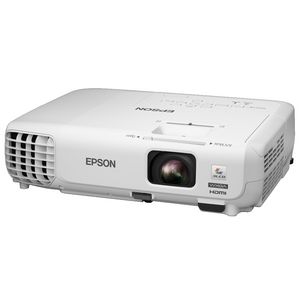In the 1990s kids might have entertained themselves by reading magazines, watching movies on video or playing computer games. In the 2000’s kids might have entertained themselves by talking online via video cam, reading ebooks or playing computer games through the TV . Nowadays the options for what kids can do to get their kicks have enormously changed but not just for kids but for all tech heads! For example entertaining yourself today might involve taking a journey through a virtual environment at a museum or on a ride through a virtual world at a theme park, viewing representations of building that haven’t been built yet or flying through 3d reconstructions of cities or maybe even exploring immersive representations of the human body! (Austin and Doust, p14, 2007).
Projection mapping dates back to the 1970’s when it was referred to by it’s academic name of Augmented Spatial Reality. However, if you tried googling projection mapping 3 or 4 years ago you wouldn’t have found much. This is because projection mapping actually has an academic name of “Spatial Augmented Reality” which is what it used to be refereed to before it got super trendy. That, or shader lamps (!?) or video mapping which makes a bit more sense.
Disneyland was the first company to use Projection Mapping in 1969. It was the first instance of public projection onto a surface other than a screen at the opening of the Haunted Mansion ride. The ride included fake disembodied heads used as objects that were made into optical illusions of “grim grimming ghosts” by using 16mm film projections onto their faces. (Projection Mapping Central, 2012)
The next iconic projection mapping was in 1980 when Michael Naimark shot the immersive film installation “Displacements”. Naimark used a slowly rotating camera to film a scene in a living room with people interacting within the room. Once filming was complete he painted the entire contents of the room white except for the people and replaced the camera with a projector, projecting the footage in the exact same location. This created a very 3D effect of the furniture within the room and made the people look unreal and ghost like. (Beale, S. 2008)
Watch it!!
